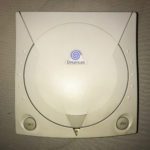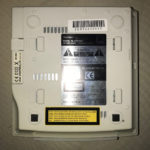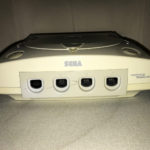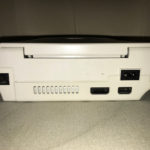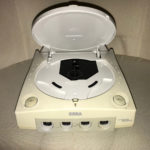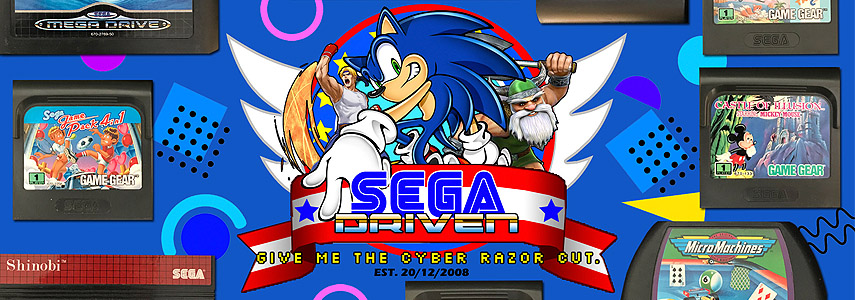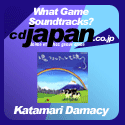Dreamcast
The Dreamcast was the first console to release in the sixth generation of video game consoles and marked the final first party hardware release from SEGA that was targeted at a wide, worldwide audience (the Advanced Pico Beena would launch in 2005 but was aimed specifically at children and only released in Japan). The Dreamcast would launch in Japan in November 1998, North America in September 1999 and Europe in October 1999.
The Dreamcast’s internals are very similar in specifications to the Naomi Arcade System Board which allowed for accurate home ports of Crazy Taxi, Power Stone, Dead or Alive 2 and Marvel vs Capcom 2. This focus on accurately bringing advanced arcade experiences to the home would be a major selling point for the Dreamcast and helped differentiate it from its competition. Dreamcast software was distributed on a proprietary CD-ROM format called GD-ROM which allowed for greater data storage and copy protection.
The design of the Dreamcast was specifically focused on using cheaper, mass-produced components that were easier to program for. SEGA wanted to avoid the lack of third party support they experienced with the SEGA Saturn by making the Dreamcast’s development tools be a much more welcoming environment for developers. The system initially sold well, but consumer anticipation for the upcoming PlayStation 2 with its built-in DVD player quickly halted the momentum of its initial sales. Despite a significant price drop, the Dreamcast was causing SEGA massive financial losses and by March 2001 the Dreamcast was discontinued, only selling a total of 9.13 million units worldwide.
Regardless of its short shelf life, the Dreamcast is fondly remembered as a system with an extremely high quality library of software and was also the first home console with a built-in modem for online play and download of additional game content. Many Dreamcast games were supported with additional online features via SEGA’s Dreamarena service, which was powered by Microsoft’s Windows CE operating system. A separate broadband adapter was also released for players with higher speed connections.
The Dreamcast is also fondly remembered for its memory cards. Called the Visual Memory Unit, VMUs were both memory cards and micro consoles in their own right. Powered by 2 CR2032 button batteries, a VMU can connect to another VMU for sharing and moving save data and small applications. A VMU will notoriously make a shrill beeping noise on boot of the Dreamcast if it recognises the battery is running low on power. Mini-games could be downloaded from Dreamarena or other SEGA software to be played specifically on a VMU and some Dreamcast software allowed players to continue playing certain aspects of the game on a VMU. Sonic Adventure infamously features the Chao Adventure mini-game for VMU, which allowed you to evolve and improve your Chao’s skills for use in the main Sonic Adventure Chao Garden.
In the wake of the Dreamcast’s failure, SEGA CEO Shoichiro Irimajiri resigned and SEGA restructured as a third party developer. Many Dreamcast titles would receive sequels or enhanced ports to other sixth generation consoles like Jet Set Radio Future for the Xbox, Virtua Fighter 4 for the PS2 and Sonic Adventure 2: Battle for the GameCube.
Specifications
CPU
Hitachi SH-4 32-bit RISC @ 200 MHz
Memory
16 MB RAM, 8 MB video RAM, 2 MB audio RAM
Graphics
100 MHz PowerVR2, integrated with the system’s ASIC
Audio
67 MHz Yamaha AICA with 32-bit ARM7 RISC CPU core, 64 channels
Storage
GD-ROM disc
